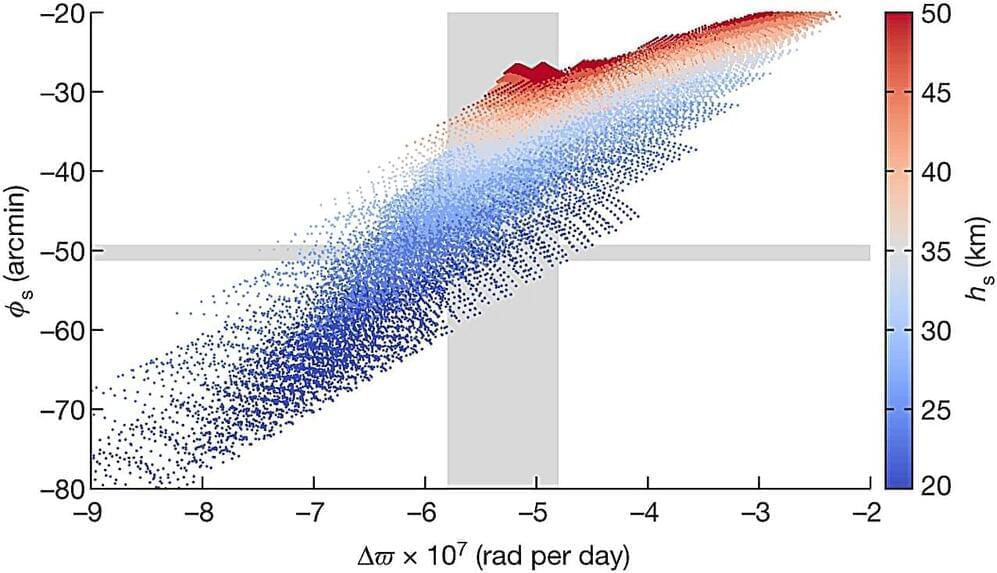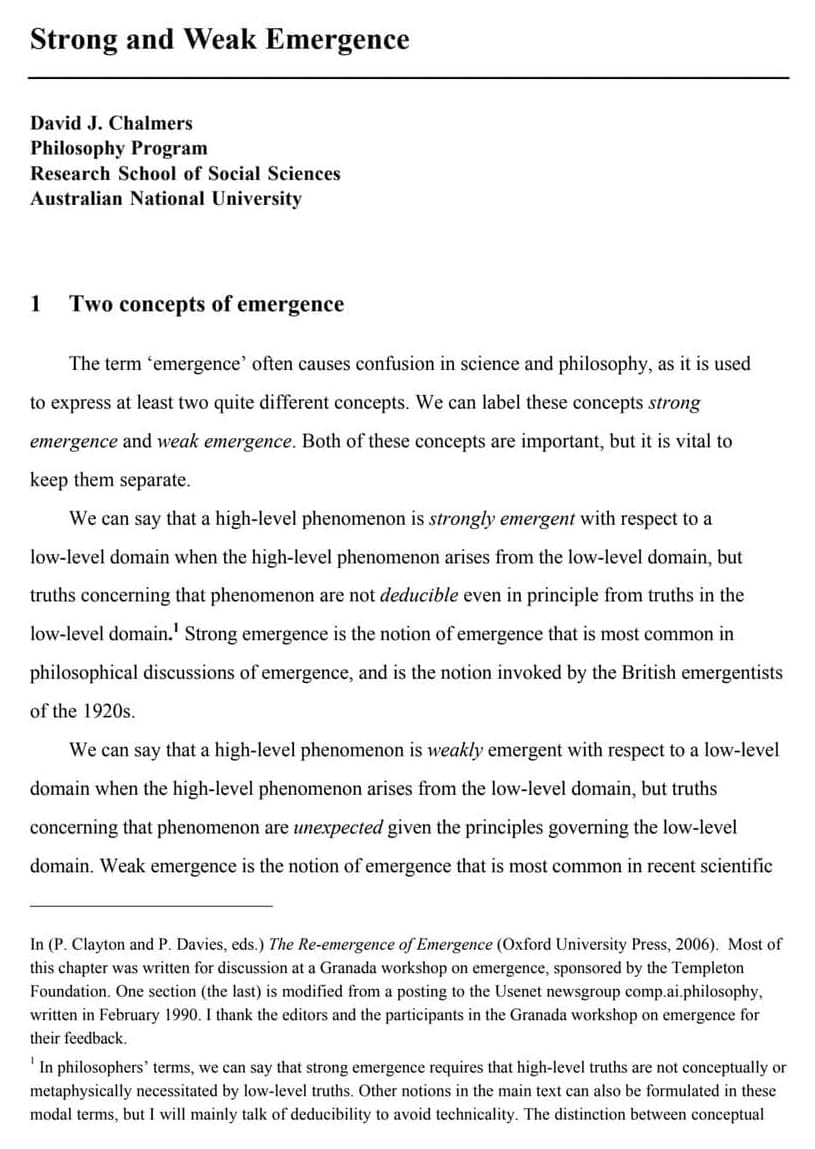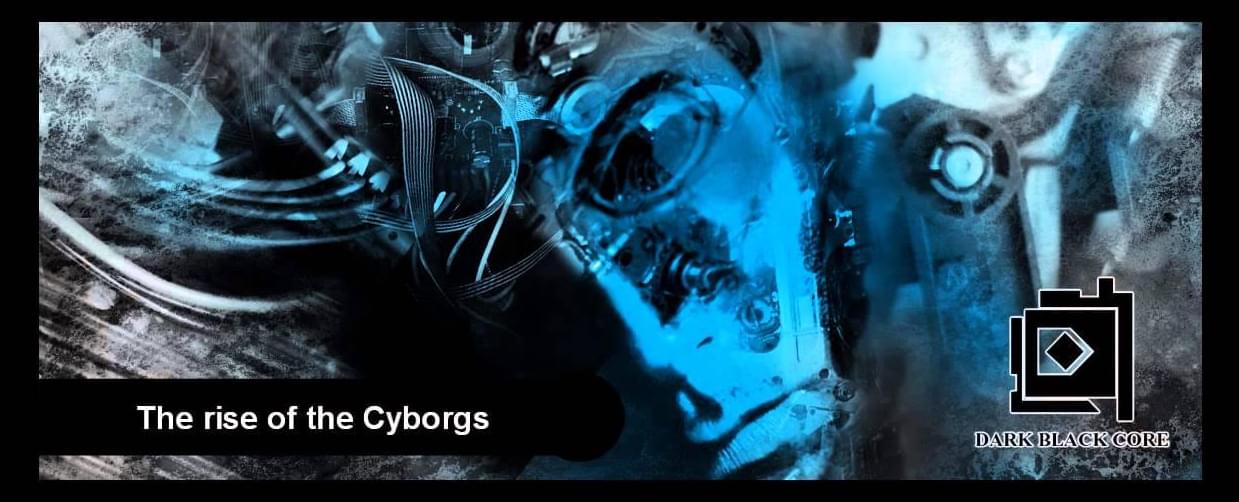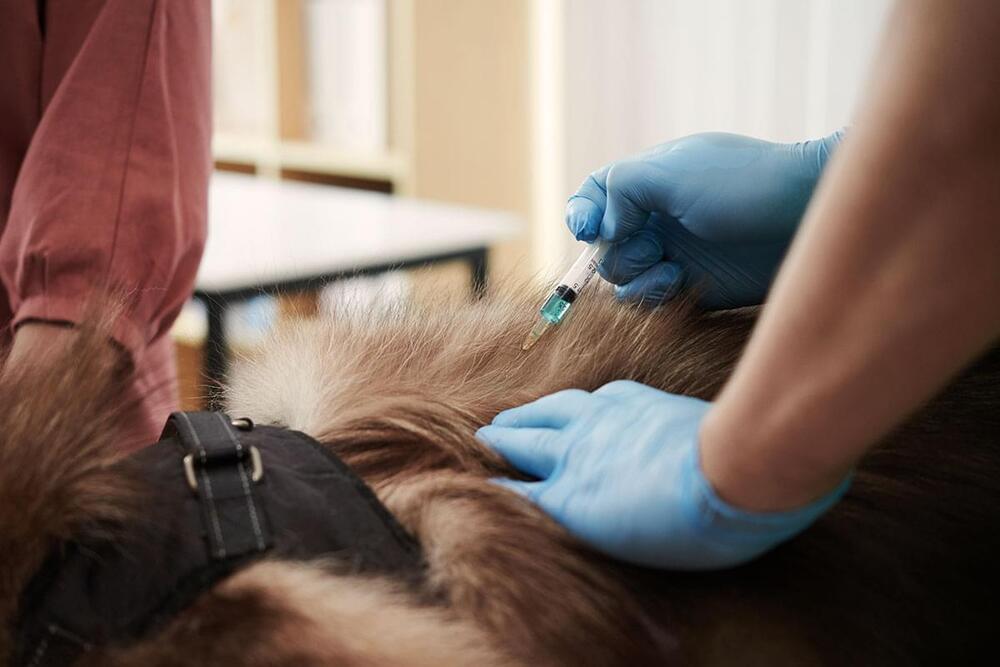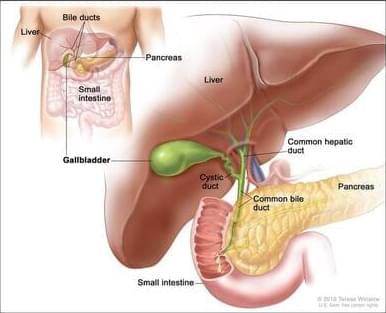‘Inception’ is about to become a documentary — or are we all just dreaming?
Australian researchers have worked out how to fix a defect that causes lupus, and hope their world-first discovery will offer effective long-term treatment.
Published in Nature Communications, the Monash University-led study found a way to reprogram the defective cells of lupus patients with protective molecules from healthy people.
Using human cells, the new treatment restores the protective side of the immune system that prevents autoimmunity, which is when the immune system attacks its own cells.
Hidden beneath the heavily cratered surface of Mimas, one of Saturn’s smallest moons lies a secret: a global ocean of liquid water. This astonishing discovery, led by Dr. Valéry Lainey of the Observatoire de Paris-PSL and published in the journal Nature, reveals a “young” ocean formed just 5 to 15 million years ago, making Mimas a prime target for studying the origins of life in our solar system.
“Mimas is a small moon, only about 400 kilometers in diameter, and its heavily cratered surface gave no hint of the hidden ocean beneath,” says Dr. Nick Cooper, a co-author of the study and Honorary Research Fellow in the Astronomy Unit of the School of Physical and Chemical Sciences at Queen Mary University of London.
“This discovery adds Mimas to an exclusive club of moons with internal oceans, including Enceladus and Europa, but with a unique difference: its ocean is remarkably young, estimated to be only 5 to 15 million years old.”
As interest in wearable technology has surged, research into creating energy-storage devices that can be woven into textiles has also increased. Researchers at North Carolina State University have now identified a “sweet spot” at which the length of a threadlike energy storage technology called a “yarn-shaped supercapacitor” (YSC) yields the highest and most efficient flow of energy per unit length.
“When it comes to the length of the YSC, it’s a tradeoff between power and energy,” said Wei Gao, corresponding author of a paper on the work and an associate professor of textile engineering, chemistry and science at NC State.
“It’s not only about how much energy you can store, but also the internal resistance we care about.”
Emergence (3).Pdf
Posted in futurism
Sum of his parts
Posted in futurism
#booktube #sciencefictionbooks #bookcollecting Steve talks you through his preferred Pohl title and the great man’s career, with some sidebar digressions into the satiric thrust of his collaborator C.M. Kornbluth. Music: Steve Holmes © https://steveholmes.bandcamp.com/
Man Plus — Frederik Pohl
Posted in futurism
Gene therapy company inks strategic partnership with animal health firm to develop ‘one-dose’ injection treatment for canine osteoarthritis.
Gallbladder Cancer Treatment
Posted in biotech/medical
Types of treatment for gallbladder cancer include surgery, radiation, and chemotherapy. Treatment of gallbladder cancer that has spread to other parts of the body, cannot be removed by surgery, or has come back after treatment is often within a clinical trial. Find out about treatment options for gallbladder cancer.


